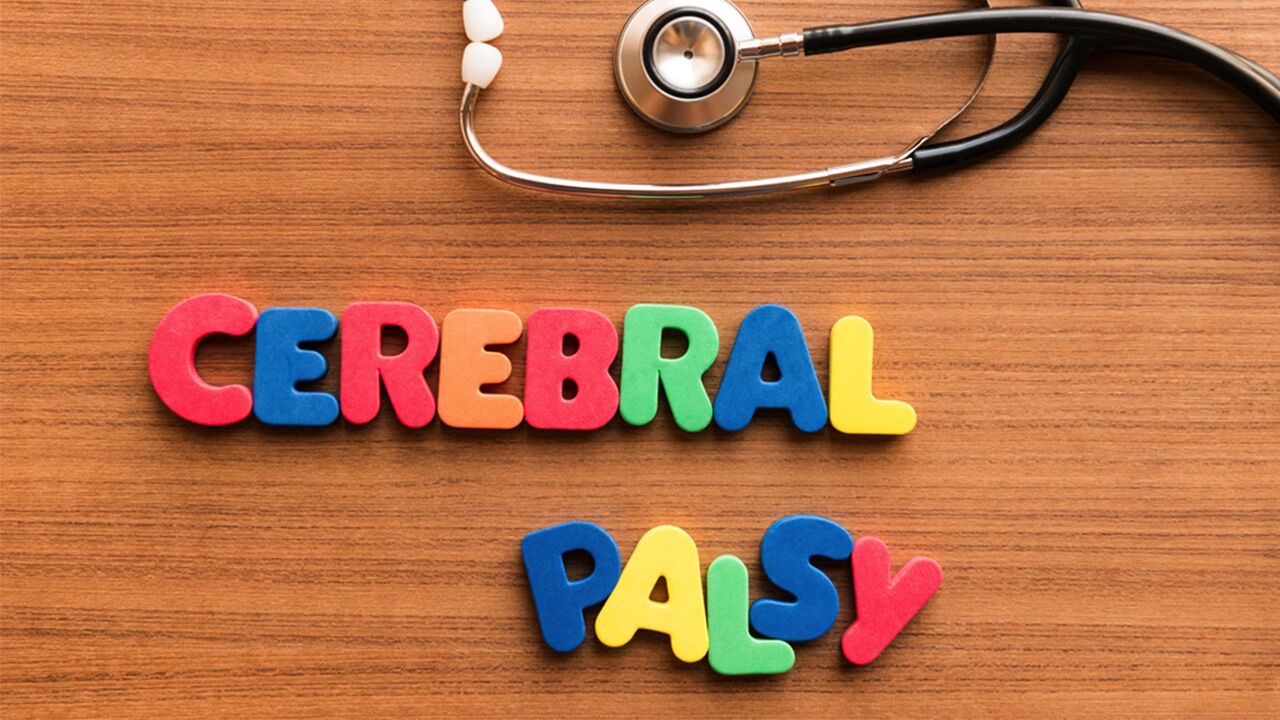What Is Bell’s Palsy and What Causes It?
 By: by Amino Science
By: by Amino Science

Wondering what is Bell’s palsy?
Bell’s palsy, a type of temporary facial paralysis caused by damage or trauma to the facial nerves, affects about 40,000 Americans each year, or 1 in 5,000 people. It happens to be the most common cause of facial paralysis.
While it can occur at any age, it usually afflicts people between 15 and 60, striking men and women equally. Diabetics, pregnant women, or individuals with upper respiratory illnesses such as the cold or flu, are especially vulnerable to Bell’s palsy, as are those with a family history of the condition.
Typically, the muscles on one side of your face become weak or paralyzed, causing it to droop or become stiff. It may be hard to smile or close your eye on the affected side. Although uncommon, Bell’s palsy can strike both sides of the face. Most of the time, symptoms are only temporary, and people usually make a full recovery.
Sir Charles Bell, a 19th century Scottish surgeon and anatomist, is credited with characterizing the condition that now bears his surname.
What Causes Bell’s Palsy?
The 7th cranial nerve, which is also known as the facial nerve, runs through a canal in the skull that is bony and narrow. This nerve goes beneath a person’s ear, inside the skull-based Fallopian canal to facial muscles on both sides. During a great deal of its journey, the neural connection is inside the shell.
This neural connection in the face directs facial muscles on the left or right side, such as muscles that control actions performed by the eyes and the mouth. Additionally, this nerve relays stimuli to the glands that are responsible for producing tears, saliva, auditory sensations, and taste impulses.
In a case of Bell’s palsy, the facial nerve’s ability to function is affected, causing an interruption in the communication capability carried toward muscles of the face by the brain. This interruption results in a weakened or paralyzed response in the face.
Most researchers think that viral infections such as those that cause meningitis or cold sores could be responsible for the disorder. It is thought that swelling and inflammation of the nerve in the face in reaction to the illness triggers pressure within the skull-based canal and restricts the nerve cells’ supply of oxygen and blood. In less severe cases of Bell’s palsy, in which there is quick recovery, damage is limited to the nerve’s myelin sheath, a fat-based layer that protects the brain’s neural fibers.
Other scientists believe that Bell’s palsy stems from such illnesses or conditions as a fractured skull, an injury to the face, diabetes, influenza, Lyme disease, infection of the middle ear, high blood pressure, headaches, and tumors.
Bell’s palsy may also be attributed to the following viruses and bacteria:
- Herpes simplex, which causes cold sores and genital herpes
- HIV, which damages the immune system
- Sarcoidosis, which causes organ inflammation
- Herpes zoster virus, which causes chickenpox and shingles
- Epstein-Barr virus, which causes mononucleosis
- Lyme disease, which is a bacterial infection caused by infected ticks
- Cytomegalovirus
- Mumps virus
- Influenza B
- Hand-foot-and-mouth disease (coxsackievirus)
A 2015 study determined that migraine sufferers could be at greater risk for the condition.
Bell’s Palsy Symptoms
Symptoms of Bell’s palsy tend to appear suddenly. One morning you wake up and see that part of your face is drooping. Sometimes, people feel pain behind their ears a few days before they notice any weakness or feel that sounds are louder than normal days before they detect other symptoms. Signs to look for include:
- Facial weakness or paralysis that cause your face to droop
- Difficulty making facial expressions
- Headache
- Impaired taste
- Drooling
- Jaw pain or pain behind the ear
- Sensitivity to sound
- Change in tear and saliva production

Bell’s Palsy Diagnosis
No test is conclusive for Bell's palsy. Doctors rule out facial palsy by starting with a complete physical exam and testing your hearing ,sense of taste, balance, and facial expressions. Diagnostic tests may include skull X-rays, a computed tomography (CT) scan, or magnetic resonance imaging (MRI) that determine underlying conditions causing the symptoms, such as a bacterial infection, skull fracture, or tumor, and also rule out other structural issues that may be adding pressure to the facial nerve. Electromyography (EMG) can verify nerve damage and determine its extent. Blood tests can diagnose concurrent problems.
Bell’s Palsy Treatment
Bell’s palsy affects everyone differently. Mild cases subside within two weeks without treatment. If there is an obvious source for the illness, directed treatment of Bell's palsy is helpful. According to the American Medical Association (AMA), treatment is most effective when administered early.
For Bell’s palsy symptoms caused by the herpes simplex virus (herpes simplex 1) or by shingles (herpes zoster), doctors often prescribe an antiviral medication, such as acyclovir. Corticosteroids, such as prednisone, are used to decrease swelling of the facial nerve and decrease the duration of the symptoms. Analgesics, including aspirin, acetaminophen, and ibuprofen, may help with the pain.
Treatment with a hormone called prednisolone can speed up recovery. When researchers gave Bell’s palsy patients prednisolone within 72 hours of onset, the severity of symptoms was greatly reduced, as was recovery time. Early treatment with prednisolone considerably advances the likelihood of complete recovery at 3 and 9 months.
Because Bell’s palsy can interfere with the eyelid’s innate ability to blink, it is important to keep the eye moist and protect it from injury, dirt, or debris. Lubricating eye drops, such as eye ointments/gels, artificial tears, surgical tape, and eye patches are helpful.
Physical therapy, facial massage, moist towels, and acupuncture can improve facial nerve function and reduce pain. Decompression surgery to relieve pressure on the nerve is rarely used, as are cosmetic or reconstructive surgery to reduce deformities and damaging effects. Heal, a doctor-developed essential amino acid supplement, may also help to speed recovery.
Bell’s Palsy Recovery
The prognosis for people with Bell’s palsy is usually very good. Recovery time depends on the extent of nerve damage, but most people start getting better within two weeks after the first onset of symptoms, recover fully, and get back to normal function within three to six months without complications. In some cases, the symptoms last longer and never fully disappear. In rare cases, Bell’s palsy may recur, on the same or the opposite side of a person’s face.
Complications can occur in more severe cases of Bell’s palsy. These may include:
- Damage to the seventh cranial nerve, which controls your facial muscles.
- Excessive dryness in the eye, which can lead to eye infections.
- Ulcers.
- Blindness.
- Synkinesis, a condition in which moving one body part causes another to move involuntarily, such as your eye closing when you smile.
- Gustatolacrimal reflex, also called crocodile tear syndrome, a complication in which a patient’s eye will shed tears while he or she is eating. While this condition usually goes away eventually, it can be longer lasting.
Another complication is corneal ulceration. When eyelids are not able to shut completely, the protective and lubricating tear film of the eye may not be effective any longer. Corneal drying is even more likely when Bell’s palsy reduces tear production. Additionally, corneal ulceration can cause an infection of the cornea, which can result in a severe loss of vision.
When patients have more extensive nerve damage, they may require further treatment:
- Mime therapy: This is a type of physical therapy in which the patient learns a series of exercises to strengthen the facial muscles, resulting in better coordination and a wider range of movement.
- Plastic surgery: Surgery can be used to improve the appearance and symmetry of the face and enable patients to smile again.
- Botox: Injected into the affected side of the face, botox can relax tense facial muscles and decrease undesirable muscle contractions.
Bell’s Palsy Research
The National Institute of Neurological Disorders and Stroke (NINDS), part of the National Institutes of Health (NIH), supports and conducts research on Bell’s palsy and other brain and nervous system disorders. Such research may help scientists discover the definitive cause of Bell’s palsy and develop effective treatment options. Other NINDS-supported research focuses on developing methods of repairing damaged nerves, restoring full use and strength to injured areas, and preventing nerve damage and injuries.

Up to 25% off Amino
Shop NowTAGS: conditions
Join the Community
Comments (0)
Most Craveable Recipes




 833-264-6620
833-264-6620



















